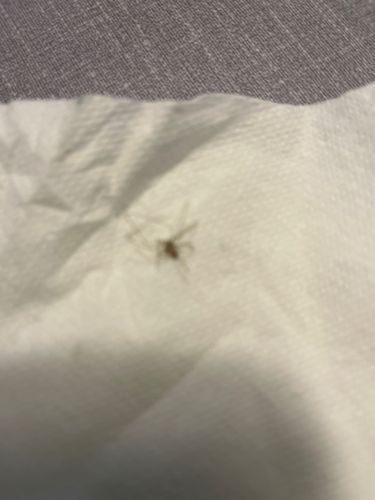Mosquito
Scientific Name: Culicidae
Order & Family: Diptera, Culicidae
Size: 3-6 mm

Natural Habitat
Mosquitoes are found worldwide in various freshwater environments, including standing water like ponds, swamps, marshes, and even man-made containers filled with water. Adults often rest in cool, shaded areas near water sources or within human dwellings.
Diet & Feeding
Adult female mosquitoes feed on blood to obtain protein for egg production, while males and sometimes females also feed on nectar and plant juices. Larvae feed on algae, bacteria, and other microorganisms in water.
Behavior Patterns
Mosquitoes undergo complete metamorphosis (egg, larva, pupa, adult). Females are primarily active during dawn and dusk, seeking hosts for blood meals. Different species have varying flight ranges and activity patterns. They are attracted to carbon dioxide, body heat, and certain odors.
Risks & Benefits
Potential risks: Mosquitoes are significant vectors for numerous diseases worldwide, including malaria, dengue fever, Zika virus, West Nile virus, and chikungunya virus. Their bites can also cause itchy welts and allergic reactions. Potential benefits: Mosquito larvae and adults serve as a food source for various aquatic and terrestrial animals, contributing to food webs. They can also play a minor role in pollination.
Identified on: 9/18/2025